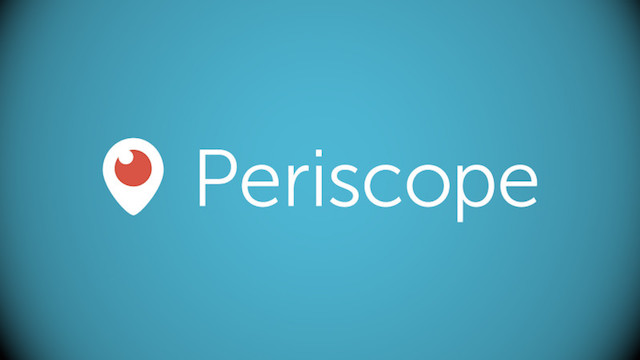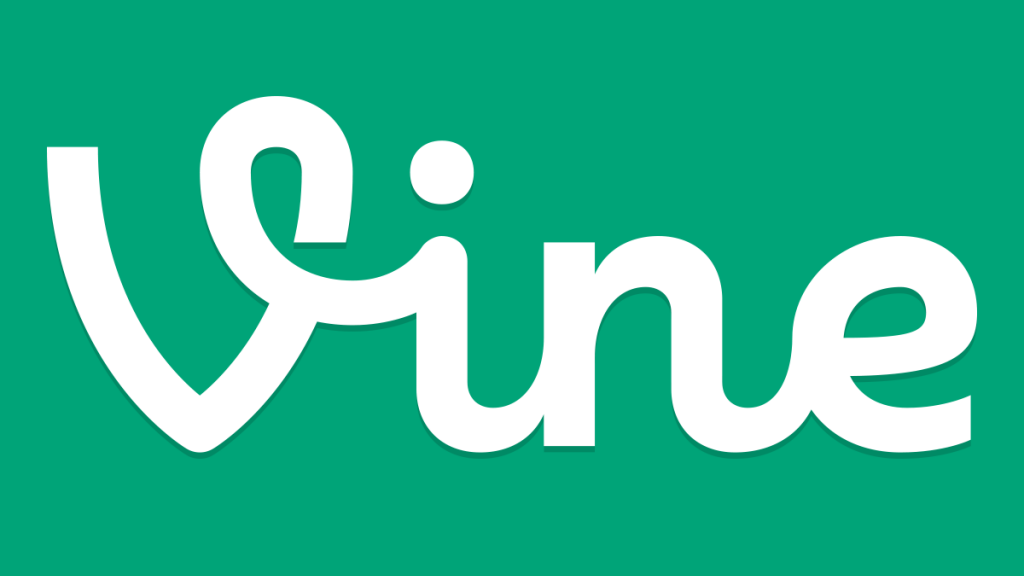One of my favorite posts on this site — for not the quality of its writing but the entertainment of its content — is an entry from two years ago titled, “10 Turn of the Century Predictions, and 10 Lessons Learned“.
In it, I examine the crystal ball work done by the staff of Entertainment Weekly in 1999, as they spotlight ten “companies and visionaries leading the electronic charge”. These range from innovations in music (POP.com) to gaming (godgames.com) to interactive television (mixedsignals.com).
Don’t worry if you don’t recognize the three web sites I just mentioned; they no longer exist.
Some of Entertainment Weekly‘s predictions turned out remarkably right, and others proved woefully wrong. My conclusion, upon re-reading the issue? “It should remind us what we thought the media landscape would look like — and how similar yet different it actually appears today.”
I think of the article — and my subsequent post — when I encounter the new forms of media expected to transform my job as a journalist.
***
Many individual journalists I know today still struggle with both how to incorporate social media and which ones to incorporate. Most have invested at least somewhat in Facebook and Twitter, with both providing some return in terms of followers, shares, and conversations. Beyond that, for most in my field, it’s a crap shoot.
None of these options, mind you, existed when I started in the businesses a dozen years ago. But a journalist, already working with a limited time frame and hard deadline, must constantly make choices as to which audience needs to be served. Do I spend a few minutes crafting a Facebook post? Do I take a minute here and there during the day to update Twitter? Do I shoot an iPhone video and send it back for the web site? Or do I eschew all of it and use that time to research and develop my daily story?
That does not even get into a trio of social media options that seem to be beyond most journalists’ reach: Instagram, Vine, and Periscope. (more…)


